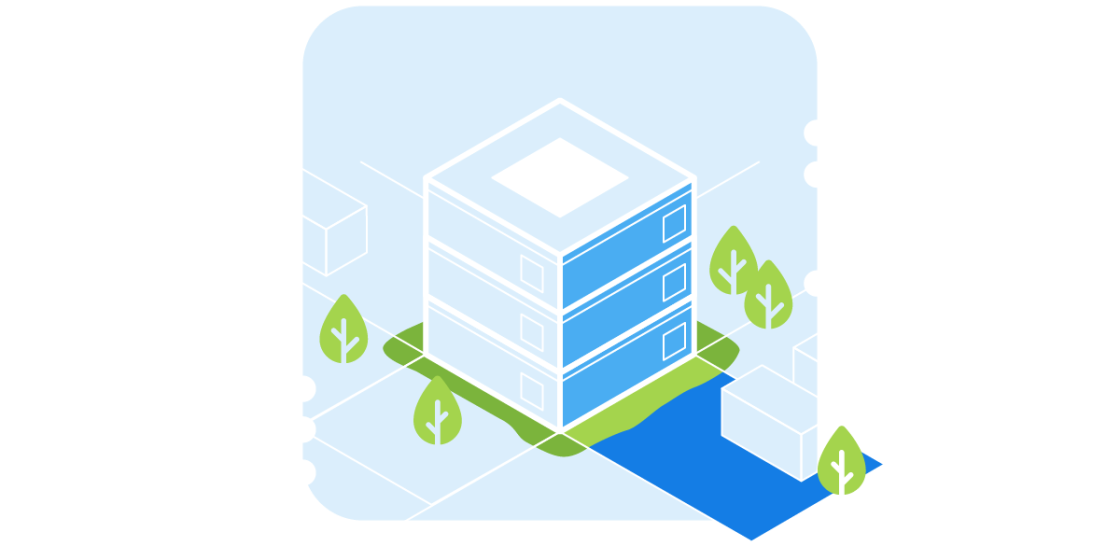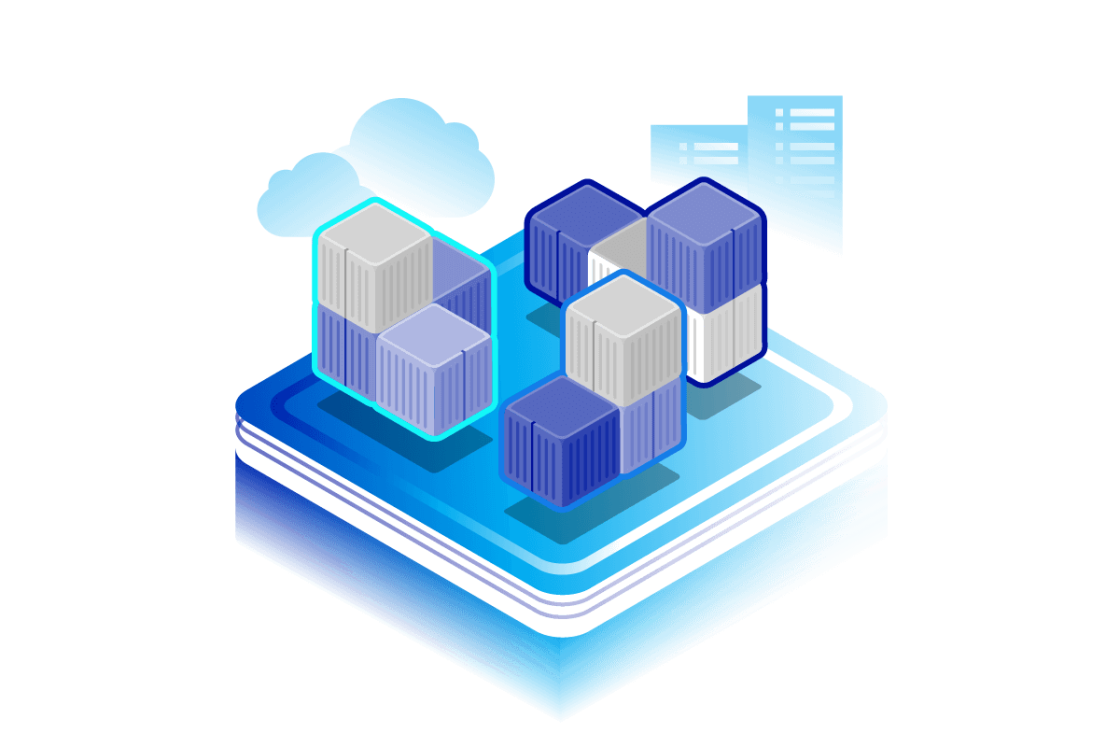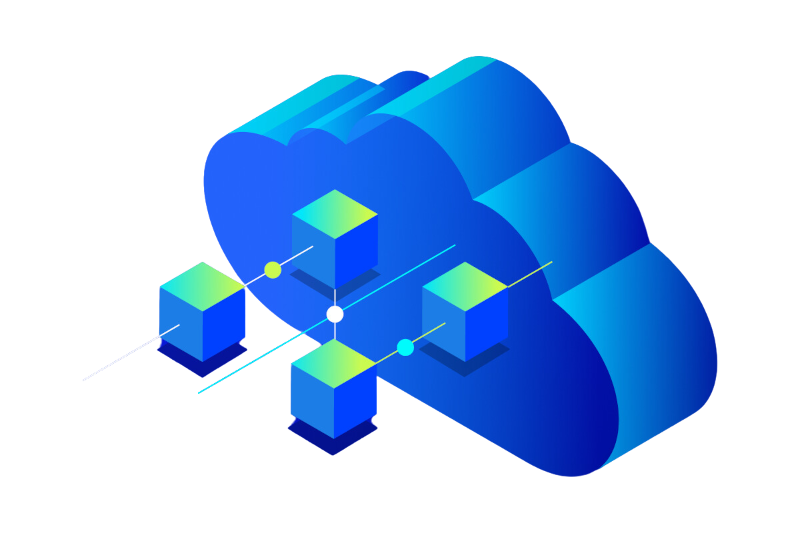What is a Data Warehouse
A data warehouse is a centralized repository of structured integrated data, where this data comes from one or more disparate sources.
The goal of a data warehouse is to store current and historical data in one single place. The result is that data warehouses can act as the "single source of truth" for a company. Data warehouses are different from the transactional databases we use for day-to-day operations: instead, data warehouses are structured for query and analysis.

A data warehouse is a structured repository designed primarily for storing processed and structured data for reporting and analysis.
It focuses on providing a single source of truth for business intelligence and decision-making. In contrast, Data Lakehouse is a more flexible and scalable storage solution that can handle structured and unstructured data.
Companies use data warehouses to support goals such as business intelligence (BI) activities, reporting, and structured decision-making.
Data warehouses enable insights into trends, patterns, and relationships. This can all be discovered within the information contained in the data warehouse. It helps organizations make informed, data-driven decisions.
First steps: ETL
Working with a data warehouse involves a process called ELT, which stands for Extract, Transform, and Load. The first step involves extracting data from various source systems. These could include daily transactional databases, CRMs, and external resources.
Next, this extracted data is “transformed.” This is where data is cleansed, standardized, and transformed into a structured and consistent format. Some of the tasks here include removing duplicates, as well as correcting errors. Mapping data from disparate sources to a typical structure is also part of the transform step.
Once data is transformed, it is loaded. Transformed data is loaded into the data warehouse, but that still involves more organization to make sure the data can be queried efficiently and analyzed.
Key Components of A Data Warehouse
What does a data warehouse look like? Well, a structured data warehouse includes the following components:
- Source Databases/Systems: The original sources of data, such as operational databases, ERP systems, or external information providers.
- Data Staging Area: A temporary storage area where extracted data is held before being transformed.
- ETL Tools: Software tools that automate the extraction, transformation, and loading process to ensure structured data.
- Data Warehouse Database: The central repository where transformed data is stored for access.
- Data Marts: Smaller, subject-oriented subsets of the data warehouse, often created for specific departments or business functions.
- BI Tools: Tools used for querying, reporting, and visualizing data stored within your warehouse, such as dashboards and reporting platforms.
As a final component, you also have something called a Metadata Repository. This is a centralized store of information that helps explain the data within the warehouse. That includes things like the origin, structure, and transformations used to make sense of the data.
Data Warehouse vs. Data Lake: A Difference in Structure
A data warehouse and a data lake are both repositories for storing large amounts of data for access at a later time, but they differ significantly in their structure and purpose.
A data warehouse is a meticulously organized library with structured data. Data is carefully catalogued and structured each time for specific purposes, typically business intelligence and reporting. It's a curated collection of high-quality data that's ready for analysis.
And here is how a data lake is different: a data lake is less organized and more like a vast, natural lake of data. A data lake can hold a wide variety of data, both structured and unstructured, from various sources.
The data in data lakes is often raw and unprocessed, like the diverse elements found in a lake's ecosystem. Data lakes are flexible and scalable, allowing organizations to store massive amounts of data in a data lake without worrying about its immediate use case.
The Benefits of Data Warehousing
Why do you want to use a data warehouse? One of the core benefits is that using a warehouse for data enforces standardized formats and rigorous cleaning processes. Data quality can quickly undermine the usefulness of data, and obtaining higher information quality is paramount.
When you eliminate inconsistencies, redundancies, and errors, you will have a data warehouse that will give you a reliable foundation for accurate analysis and reporting. Improved data quality helps your organization make better decisions – simply because you can trust the information ingressed into your data warehouse and because the data is structured.
Data warehouses also provide a more centralized view, which helps you gain a deeper understanding of business performance. They cover a variety of points, from customer behavior and operational efficiency to market trends.
Faster, Informed Decisions
Data warehouses are optimized for fast query processing. Given that many organizations work in a fast-paced environment, it’s worth ensuring you have access to quick data analytics. Doing some ensures your analysts and decision-makers can reliably and quickly access and analyze relevant data.
The more powerful data warehouses can even offer access to pre-calculated summaries and aggregated views, which will make it even faster to analyze data. This translates into agility, where organizations can respond swiftly to market changes.
Data warehouses with structured data are also an excellent way to surface and understand any emerging opportunities. Informed decisions based on access to timely data lead to improved operational efficiency and competitive advantage.
Types of Data Warehouses
Data warehouses come in various types. Each type of data warehouse is better suited to serve different data access purposes and cater to specific needs within an organization. Let’s look at the three main types.
Enterprise Data Warehouse (EDW)
An EDW is a centralized repository with data tools. It works like a data warehouse by ingressing data from multiple sources across an entire enterprise. Once the data is inside, it provides a comprehensive view of the organization's structured data.
EDWs can support enterprise-wide reporting, analysis, and decision-making. EDWs are typically complex and large-scale, serving as the single source of truth for all departments and business units.
Operational Data Store (ODS)
An ODS database is designed to integrate data from multiple source systems in near real-time. This means that absorbing data is not a step-by-step process like EDWs. Also, unlike EDWs, ODSs primarily store current data, supporting operational reporting and decision-making.
With an ODS, a company can monitor operational performance, track key metrics, and alert users to exceptions or anomalies.
Data Mart
A data mart is a subset of a data warehouse focused on a specific subject area or department, such as sales, marketing, or finance. You can almost think of it as a data shop for a particular purpose.
While EDWs can store vast amounts of data, data marts are smaller and more focused. The benefit is that a data mart provides quicker access to relevant information for specific business needs. Departmental reporting and analysis are core use cases for data marts. Decision-making and empowering individual teams with self-service BI capabilities are another core use case.
Cloud Data Warehouse
A cloud data warehouse is a data warehouse hosted with cloud computing – it’s a simple as that. Companies can access the cloud and eliminate the need for on-premises hardware and software.
Cloud data warehouses are a popular choice for organizations that want to reduce infrastructure costs and simplify deployment. Cloud data warehouses also offer elastic scaling, allowing organizations to easily adjust resources based on demand.
Building a Data Warehouse: Key Considerations
The first step is clearly defining the business objectives and information access requirements the data warehouse will address. That’s not dissimilar to any technology project, but it matters when setting up a data warehouse as it influences key configuration steps.
Choosing the right technology is also critical. This includes choosing the right database management system (DBMS). Because you’re going to continue loading data, you need to choose your ETL tools carefully. For analysis, select data modeling tools and reporting tools that meet your needs.
Risks to Monitor
Inaccurate or incomplete data from source systems can undermine the integrity of the entire warehouse, leading to flawed analysis and decision-making. Combining data from diverse sources can be complex, requiring careful planning and robust ETL processes to ensure data consistency.
As always, security vulnerabilities should be accounted for, and centralizing sensitive data in a single repository for access increases the risk. Take precautions against unauthorized access and data breaches, necessitating robust security measures.
It’s also worth watching out for cost and complexity. Data warehouses are all-encompassing, so naturally, you’d think that building and maintaining a data warehouse can be costly and complex. Don’t underestimate the scale of the task and ensure you acquire the specialized skills and significant infrastructure investments you need.
Data Modeling and ETL Design
Data modeling, ETL (Extract, Transform, Load), and ELT (Extract, Load, Transform) are three tools that form the backbone of structured data warehousing; these processes are linked (even though ETL and ELT are alternatives to each other.
Let’s discuss data modeling first. Modeling your data provides the blueprint for how data will be structured and organized within the data warehouse. Data does not structure itself; it requires a close look and analytical thinking to structure. The process involves defining entities, attributes, relationships, and hierarchies. These steps are in turn all ink to concepts in your business and the requirements you have for your data analysis.
Data modeling is complex, so there are set techniques that help. Common techniques include dimensional modeling, entity-relationship modeling (ER modeling), and data vault modeling. When you practice data modeling, it ensures that the data warehouse is optimized. Modelling correctly ensures query performance and scalability. It also helps to ensure that your data warehouse is easy to maintain.
ETL and ELT
As we explained earlier, ETL is the traditional process of extracting data from source systems, transforming it into a consistent format each time, and loading it into the data warehouse for access. It’s worth noting that transformation occurs in a separate staging area before the data is loaded.
ETL is well-suited for scenarios where complex transformations are required, data quality is a top priority, or compliance regulations necessitate strict control over data processing.
However, there is an alternative approach called ELT. In this approach, companies use the processing power of the data warehouse to perform transformations after the data has been loaded.
The benefit is that companies can eliminate the need for a separate staging area each time while simplifying the data pipeline. You can see how ELT is particularly advantageous when dealing with large volumes of data. Companies can apply parallel processing using ELT, which better uses cloud capabilities.
ELT also offers more flexibility. Each time you use it, you can defer the transformation until you need it.
Choosing between ETL and ELT involves considering data volume, the complexity of transformations, and available resources. ETL is often preferred for legacy systems or scenarios where data governance is key to making data processing work. For more modern systems, ELT is gaining popularity because it’s more scalable and aligns with cloud-based data warehousing solutions.
The Future of Data Warehousing
What can we expect to in the future of data warehousing? To start, AI solutions and machine learning is set to make waves with data warehousing tools in no time. Thanks to AI and ML, companies are revolutionizing data warehousing by automating data preparation, cleansing, and analysis.
AI-powered tools can identify patterns, anomalies, and correlations within massive datasets, enabling organizations to uncover hidden insights and make data-driven decisions. Using ML algorithms, companies can optimize query performance and automate data modeling.
There’s also the emergence of predictive analytics, which uses machine intelligence to enhance the overall value and usability of data warehouses.
We also think we will see more real-time use of data warehouses. Traditional data warehouses primarily focused on historical data, but the demand for real-time insights is exploding.
Real-time data warehousing involves ingesting and processing data as it is generated—as you’d do with an ODS. This process makes it easier for companies to monitor events, detect anomalies, and respond to changing conditions as quickly as they happen rather than being reactive.
Security and compliance tools will also grow in importance in short time. Regulations are becoming more stringent, so data governance and security are increasingly critical when thinking about data warehousing.
Best Practices for Data Warehouse Success
Implementing and maintaining a successful data warehouse requires adherence to best practices and great tools. Data warehouses are too complex, and a sloppy approach will mean companies struggle to ensure optimal performance, data integrity, and user adoption.
Rather than attempting to build a comprehensive data warehouse from the outset, starting with a focused project addressing a specific business need is advisable. It’s more of a step-by-step approach that ensures companies begin with the correct building blocks.
A staged approach also means fast implementation and quicker wins. Along the way, companies will learn valuable lessons. As you gain experience and confidence, the data warehouse can gradually expand to incorporate additional data sources and address broader analytical requirements.
Data quality is paramount: inaccurate, inconsistent, or incomplete data can lead to erroneous conclusions. Data profiling, cleansing, and standardization are all critical, but even when you do these, you still need to validate your data.
Training and education tools for both technical and business users will help with these steps. Cover topics like modeling, ETL processes, and query optimization, but also focus on equipping your staff to handle system administration.
OVHcloud and Data Warehouses
OVHcloud offers a range of services and solutions that can streamline the process of building and managing a data warehouse, catering to various business needs and technical requirements.

Our Public Cloud provides scalable and flexible infrastructure for hosting data warehouses. We have a solution for every need, thanks to a wide array of virtual machines and storage options. You can tailor your data warehouse environment to match their specific workload and performance needs.
With a pay-as-you-go pricing model we can ensure cost-efficiency. And, whichever option you choose, you benefit from robust infrastructure that brings high availability and data durability.

If you prefer to get some help managing your databases we suggest you take a look at our Managed Databases platform. This solution offers assistance with both PostgreSQL and MySQL – both of which can work well as the underlying database for a data warehouse.
When you buy managed services from OVHcloud you alleviate the burden of database administration,. In turn, you can focus on key tasks like modeling, ETL processes, and analysis. We take care of the rest, including backups, updates, and security. The result is that your database runs smoothly and securely.

OVHcloud's Data Analytics Platform provides a comprehensive suite of tools and services for data processing and analysis. With this toolset you get access to open-source technologies like Apache Hadoop and Apache Spark.
In combination, our solutions offer a complete, holistic approach to data warehousing, covering infrastructure, database management, and data analytics.
At OVHcloud we deliver flexibility and scalability. That means your businesses can start small and gradually expand your data warehouse as your needs grow. The managed services alleviate operational overhead, enabling businesses to focus on deriving value from their data.